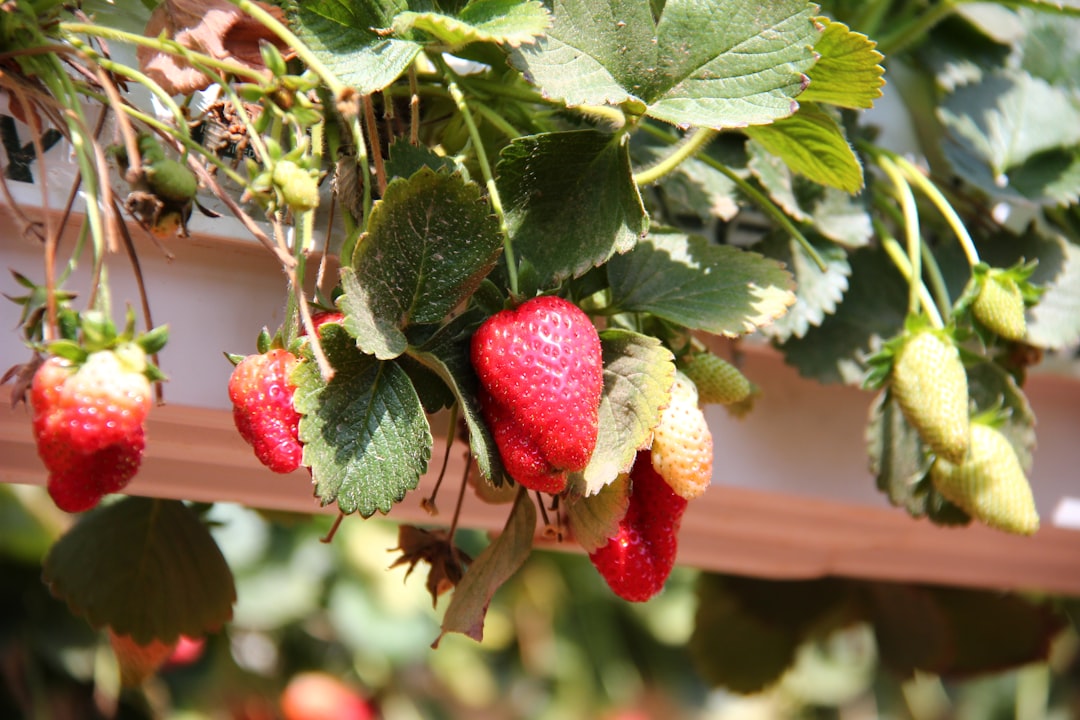Unveiling the Wonders of Big Bluestem: Your Guide to a Prairie-Inspired Garden

When it comes to creating a captivating backyard habitat, few plants can rival the charm and resilience of big bluestem, a native grass of the American prairie. This ornamental grass not only adds a touch of natural beauty to your garden but also plays a crucial role in supporting local ecosystems. In this comprehensive guide, we will explore everything you need to know about growing big bluestem in your own garden.
Big bluestem, scientifically known as Andropogon gerardii, is a warm-season perennial grass that can reach impressive heights of up to 8 feet. Its name is derived from the characteristic blue - green color of its stems, which turn a beautiful bronze - red in the fall, adding a splash of color to your garden during the cooler months. This grass is well - adapted to a variety of soil types, including sandy, loamy, and clay soils, as long as they are well - drained. It is also highly drought - tolerant once established, making it an ideal choice for water - wise gardening.
One of the primary benefits of growing big bluestem is its ability to attract wildlife. The dense clumps of grass provide excellent cover for small mammals, birds, and insects. Birds are particularly fond of the seeds produced by big bluestem, which serve as an important food source during the winter months. Additionally, the grass's deep root system helps to prevent soil erosion, making it a valuable addition to gardens located on slopes or in areas prone to heavy rainfall.
Now, let's delve into the steps for growing big bluestem in your garden. The first step is to choose the right location. Big bluestem thrives in full sun, so select a spot in your garden that receives at least 6 to 8 hours of direct sunlight per day. The soil should be prepared by removing any weeds or debris and loosening it to a depth of about 6 to 8 inches. You can also incorporate some organic matter, such as compost or well - rotted manure, to improve the soil's fertility and drainage.
Big bluestem can be propagated from seeds or by dividing existing clumps. If you choose to start from seeds, it is best to sow them in the spring, after the last frost date. Scatter the seeds evenly over the prepared soil and lightly rake them in to ensure good seed - to - soil contact. Keep the soil moist until the seeds germinate, which usually takes about 2 to 3 weeks. Once the seedlings are a few inches tall, thin them out to a spacing of about 18 to 24 inches apart to allow for proper growth.
If you prefer to use established plants, you can purchase big bluestem from a local nursery or garden center. Dig a hole that is slightly larger than the root ball of the plant and place it in the hole. Backfill the hole with soil, gently firming it around the base of the plant. Water the plant thoroughly after planting to help settle the soil and reduce transplant shock.
Watering is an important aspect of big bluestem care, especially during the establishment period. Newly planted big bluestem should be watered regularly to keep the soil evenly moist. However, once the grass is established, it can tolerate periods of drought. In fact, over - watering can be detrimental to big bluestem, as it is adapted to dry conditions. Water deeply but infrequently, allowing the soil to dry out slightly between waterings.
Fertilizing big bluestem is generally not necessary, as it can obtain most of the nutrients it needs from the soil. However, if you notice that the grass is not growing as vigorously as it should, you can apply a slow - release, balanced fertilizer in the spring. Follow the manufacturer's instructions for application rates and methods.
Pruning big bluestem is relatively simple. In late winter or early spring, before new growth begins, cut the grass back to a height of about 2 to 3 inches. This will help to promote new growth and keep the plant looking tidy. You can also remove any dead or damaged stems throughout the growing season.
As a perennial, big bluestem will come back year after year, providing long - term beauty and ecological benefits to your garden. It can be used in a variety of garden settings, such as prairie gardens, meadows, or as a backdrop for other plants. Its tall, upright growth habit makes it an excellent choice for creating vertical interest in the garden.
In conclusion, big bluestem is a wonderful addition to any garden. Its beauty, resilience, and ability to support wildlife make it a standout choice for both novice and experienced gardeners. By following the tips and guidelines outlined in this guide, you can successfully grow big bluestem in your own backyard and enjoy the many rewards it has to offer.